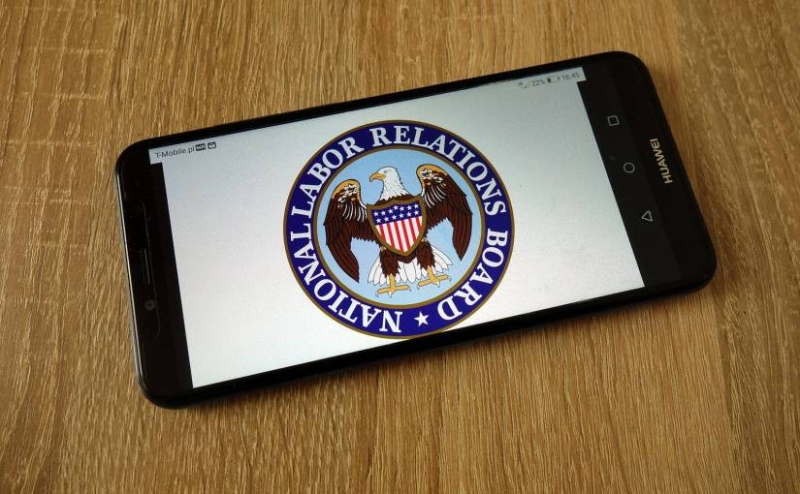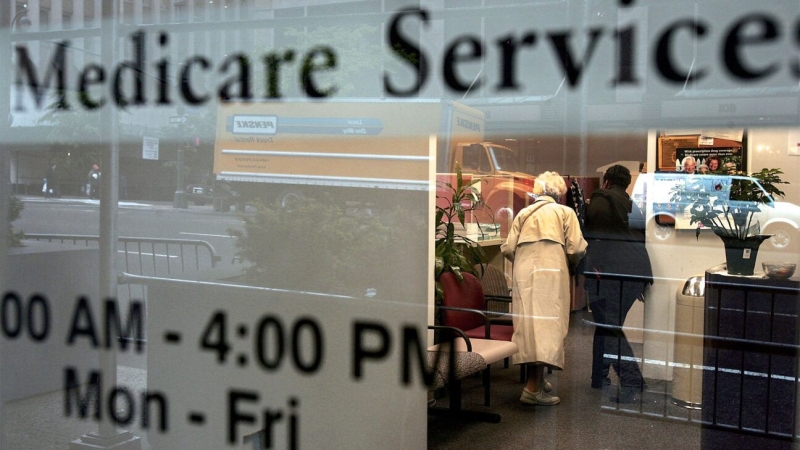
On October 7, 2024, the General Counsel (GC) for the National Labor Relations Board (NLRB) issued a 17-page memorandum urging the NLRB to find so-called “stay-or-pay” provisions unlawful and to impose harsh monetary penalties on employers that use such provisions.
On October 15, 2024, the U.S. Department of Labor (DOL) similarly announced that it will combat stay-or-pay clauses, among other provisions in employment agreements that the DOL describes as “coercive.”
What is a “stay-or-pay” provision?
A stay-or-pay provision is a requirement that an employee pay their employer for certain expenditures made for the employee’s benefit if the employee separates from employment within a specified period of time. Examples include training repayment agreement provisions (sometimes referred to as “TRAPs”), and provisions requiring employees to repay signing bonuses, moving expenses, or tuition reimbursement.
Why does the NLRB GC take issue with such provisions?
The GC’s latest memorandum is essentially an addendum to her prior memorandum criticizing non-compete covenants. In her view, stay-or-pay provisions violate the National Labor Relations Act (NLRA) because, as she interprets them, they are akin to non-compete covenants that unlawfully restrict employees from changing jobs.
We don’t have union employees. Does the NLRA even apply to our business?
Yes. Under Section 7 of the NLRA, employees in both unionized and nonunionized workforces have the right to join together in an effort to improve the terms and conditions of their employment. Specifically, Section 7 grants employees “the right to self-organization, to form, join, or assist labor organizations, to bargain collectively through representatives of their own choosing, and to engage in other concerted activities for the purpose of collective bargaining or other mutual aid or protection, or to refrain from any and all such activities.” Although certain types of workers, such as managers, supervisors, and independent contractors, are not entitled to such rights, Section 7 of the NLRA otherwise applies to all workers – whether unionized or not.
Do I really need to be concerned about the NLRB GC’s memorandum, and is it legally binding on my business?
The memorandum does not carry the force of a statute or regulation or case law. And it’s not even the stance of the NLRB. It’s essentially the NLRB GC’s guidance for the stance she is encouraging the NLRB to take with respect to these types of provisions.
That said, the memorandum is getting a lot of publicity in the press and online, which means employees who have heard about it may become skeptical about the enforceability and/or legality of their stay-or-pay provisions. This, in turn, may embolden employees to make a move, as they may be less fearful of their repayment obligations.
Will the NLRB GC’s memorandum apply prospectively, or will it also apply retroactively?
If the NLRB adopts the GC’s view, then yes, the memorandum would apply both to agreements entered into in the future, as well as to agreements already signed by employees and former employees. However, it affords employers a 60-day period from the date of the memorandum to “cure” any pre-existing stay-or-pay provisions before facing potential prosecution.
What are the potential consequences for my business if the NLRB adopts the GC’s view?
The GC expects employers to make employees whole, which may mean rescinding or rewriting the agreement or reimbursing former employees for sums repaid pursuant to their agreements. She goes further and suggests that an employer must compensate an employee if the employee can demonstrate that “(1) there was a vacancy available for a job with a better compensation package; (2) they were qualified for the job; and (3) they were discouraged from applying for or accepting the job because of the stay-or-pay provision.”
Is there any way the stay-or-pay provisions used by my business aren’t objectionable?
According to the GC, a stay-or-pay provision is reasonable if (a) it is entered into voluntarily in exchange for a benefit to the employee (as opposed to, for example, being a condition of employment), (b) the repayment amount is reasonable and specific, (c) the “stay” period is reasonable, and (d) it does not require repayment if the employee is terminated without cause.
We do use stay-or-pay provisions in our business. What should we do now?
Your course of action depends on your appetite for risk. At a minimum, we encourage you to consult with your company’s legal counsel to discuss the full import of the memorandum, risks, and options for your business, as there are a lot more details and nuances in those 17 pages than we can summarize here.
Going forward, some employers might consider alternatives to stay-or-pay provisions, such as stay bonuses (e.g., instead of paying a signing bonus and requiring recoupment if an employee leaves within two years following their date of hire, condition payment of the bonus on the employee staying for a period of two years.) Of course, the hitch with this approach is that it may impact the enforceability of non-compete or non-solicitation covenants in states that require up-front consideration to impose such covenants for at-will employees.
Notably, the GC’s 60-day moratorium takes us to December 6, which is a full month following Election Day. By now, employers are familiar with the makeup of the NLRB changing depending on the party occupying the White House, and if there is a shift in political power come November, that may result in a newly constituted NLRB with new policy preferences. With that in mind, some employers may opt to use a wait-and-see approach before making any changes – whether to existing agreements or retention strategies going forward.
© 2024 Much Shelist, P.C. by: Sheryl Jaffee Halpern, Matthew J. Feery of Much Shelist, P.C. For more on Stay-or-Pay, visit the NLR Labor Employment section.




